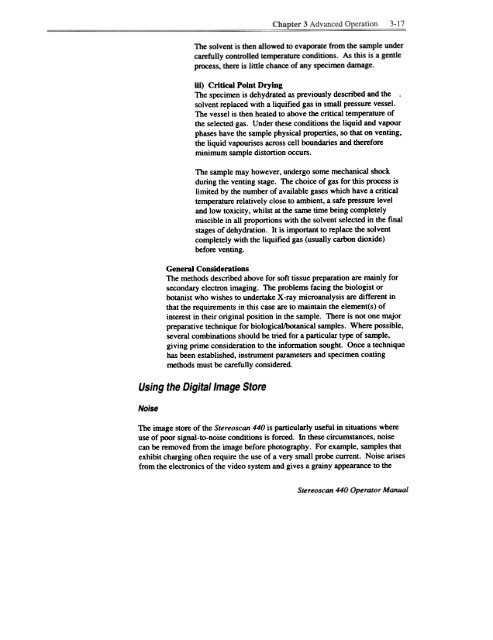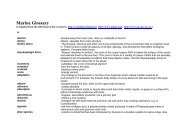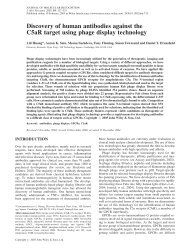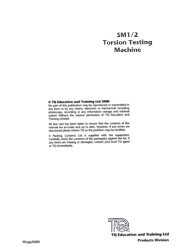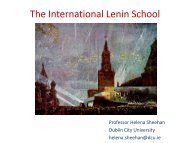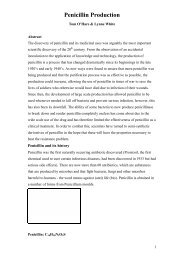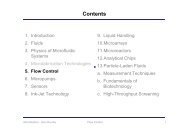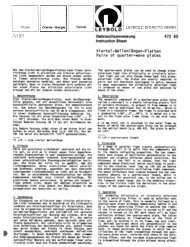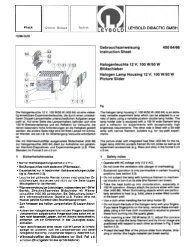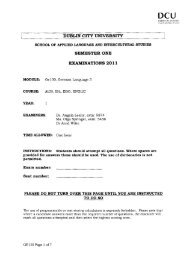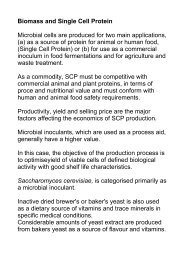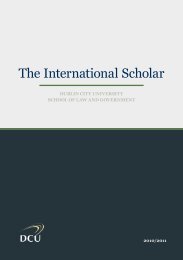Stereo Scan 440 - DCU
Stereo Scan 440 - DCU
Stereo Scan 440 - DCU
Create successful ePaper yourself
Turn your PDF publications into a flip-book with our unique Google optimized e-Paper software.
The solvent is then allowed to evaporate from the sample under<br />
carefully controlled temperature conditions. As this is a gentle<br />
process, there is little chance of any specimen damage.<br />
Iii) Critical Point Drying<br />
The specimen is dehydrated as previously described and the .<br />
solvent replaced with a liquified gas in small pressure vessel.<br />
The vessel is then heated to above the critical temperature of<br />
the selected gas. Under these conditions the liquid and vapour<br />
phases have the sample physical properties, so that on venting,<br />
the liquid vapourises across cell boundaries and therefore<br />
minimum sample distortion occurs.<br />
The sample may however, undergo some mechanical shock<br />
during the venting stage. The choice of gas for this process is<br />
limited by the number of available gases which have a critical<br />
temperature relatively close to ambient, a safe pressure level<br />
and low toxicity, whilst at the same time being completely<br />
miscible in all proportions with the solvent selected in the final<br />
stages of dehydration. It is important to replace the solvent<br />
completely with the liquified gas (usually carbon dioxide)<br />
before venting.<br />
General Considerations<br />
The methods described above for soft tissue preparation are mainly for<br />
secondary electron imaging. The problems facing the biologist or<br />
botanist who wishes to undertake X-ray microanalysis are different in<br />
that the requirements in this case are to maintain the element(s) of<br />
interest in their original position in the sample. There is not one major<br />
preparative technique for biological/botanical samples. Where possible,<br />
several combinations should be tried for a particular type of sample,<br />
giving prime consideration to the information sought. Once a technique<br />
has been established, instrument parameters and specimen coating<br />
methods must be carefully considered.<br />
Using the Digital Image Store<br />
Noise<br />
The image store of the <strong>Stereo</strong>scan <strong>440</strong> is particularly useful in situations where<br />
use of poor signal-to-noise conditions is forced. In these circumstances, noise<br />
can be removed from the image before photography. For example, samples that<br />
exhibit charging often require the use of a very small probe current. Noise arises<br />
from the electronics of the video system and gives a grainy appearance to the<br />
<strong>Stereo</strong>scan <strong>440</strong> Operator Manual


